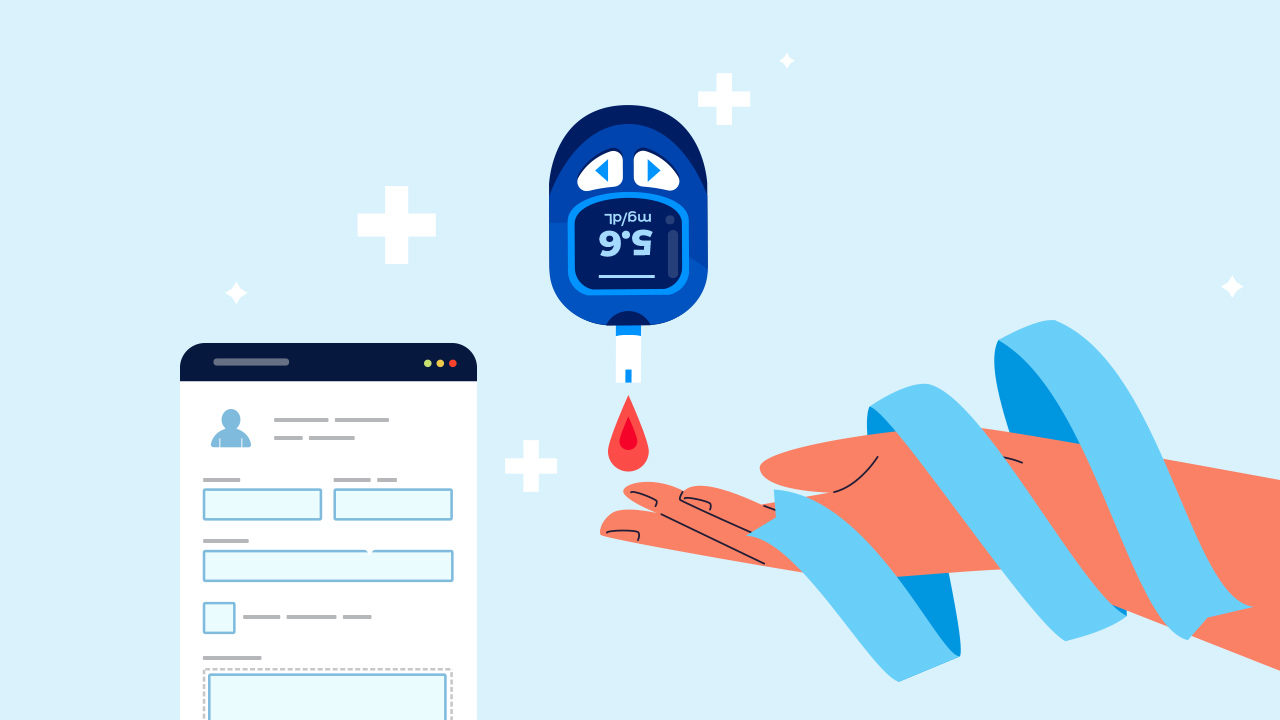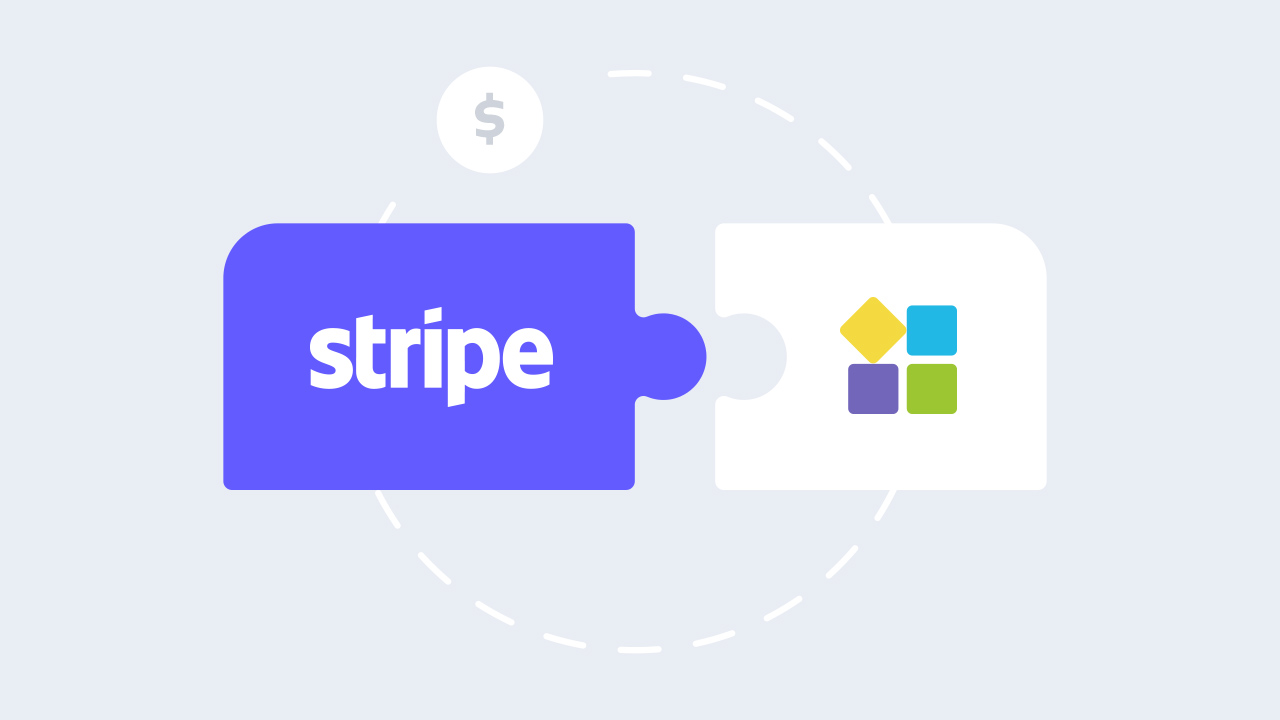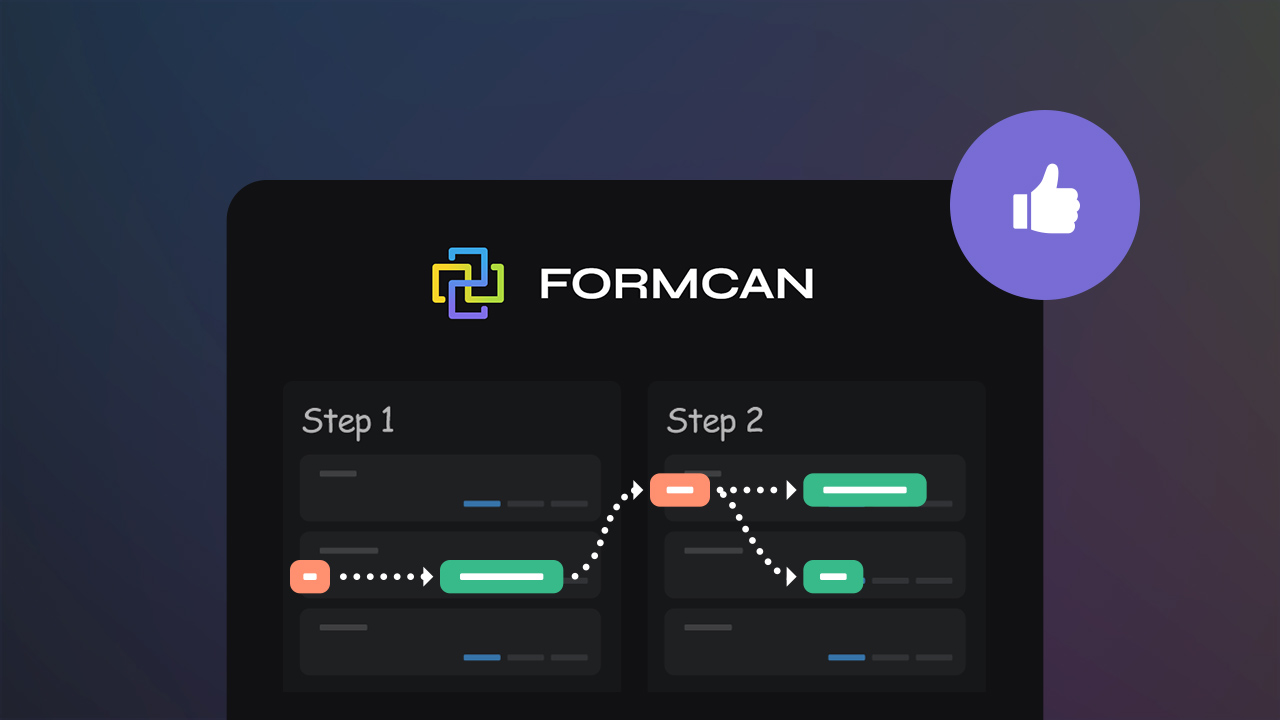
It’s World Diabetes Day— a perfect time to reflect on the challenges faced by those living with diabetes, raise awareness of the condition, and endorse technological resources that can help patients improve their condition.
Table of Contents
What is World Diabetes Day?
World Diabetes Day is an event observed every year on November 14th to raise awareness about diabetes and its impact on us. It was established in 1991 by the International Diabetes Federation (IDF) and the World Health Organization (WHO) in response to the growing concern about the escalating health threat posed by diabetes.
This year, the theme of the event will focus on the latest developments and innovations in diabetes treatment, care, and prevention. In this blog, we’ll focus on digital health forms— one of the latest developments in the healthcare industry.
What are digital health forms?
Digital health forms are paperless alternatives to traditional paper forms that patients fill out at the doctor’s office. By digitizing these forms, patients and healthcare providers can access and share secure patient information more easily. This is especially important for patients with diabetes, who need to track their blood sugar levels, medication schedules, and other health metrics regularly.
When did digital health forms start?
The use of digital health forms dates back to the early 2000’s. However, it was not until the advent of cloud computing and mobile technology that digital health forms became widely adopted.
Today, digital health forms become an integral part of many healthcare systems and are used by millions of patients and healthcare providers around the world. As technology continues to evolve, we can expect to see even more innovative solutions like improved patient care and enhanced healthcare productivity.
How do digital health forms work?
1. Patients can access digital health forms through a secure online portal or mobile app. These forms can be customized to collect specific health information, such as medical history, symptoms, medications, and lab results.
2. Patients can complete the forms at their convenience, either before their appointment or during the visit. They can enter their health information directly into the online form, which can then be securely transmitted to their healthcare provider.
3. Once a digital health form is submitted, the healthcare provider can access the patient’s health information in real-time. This allows them to review the information before the visit and make more informed patient care decisions.
4. The healthcare provider can also update the patient’s digital health records with new information, such as test results or medication changes. This ensures that the patient’s health information is always up-to-date and accurate.
5. Digital health forms can be integrated with other digital health tools, such as electronic health records (EHRs) and mobile health apps. This allows for a more comprehensive view of the patient’s health, which can help healthcare providers make more informed decisions about their care.
What are the benefits of digital health forms?
One of the key benefits of digital health forms is that they allow for more efficient data collection. Patients can enter their health information directly into an online medical form, which can then be shared with their healthcare providers in real-time. This means that doctors and nurses can monitor their patient’s health more closely and make more informed decisions about their care, resulting in improved healthcare productivity.
Second, they can help patients take a more active role in their care and receive enhanced healthcare solutions. They can use these digital patient records to track their progress over time, set goals, and monitor their health metrics. This can help patients feel more empowered and engaged in online patient care, which can lead to better outcomes.
Digital health forms are customizable and easy to update as well, ensuring that patients provide the most accurate and up-to-date information to their healthcare providers.
Moreover, digital health forms can speed up the process of online data submission; reducing the time patients spend in waiting rooms, as they can complete the forms before their appointment; improving healthcare data management, and sharing information between healthcare providers, enabling improved collaboration and better patient experience. This also ensures patient data privacy and patient data security. By having access to complete and accurate patient data, healthcare providers can work together to develop more effective treatment plans and reduce the risk of medical errors.
Finally, digital health forms can be integrated with other digital health tools, such as mobile apps and wearables, allowing a more comprehensive view of patients’ health.
In conclusion, digital health forms are a powerful tool for enhancing patient care, particularly for those with diabetes. By simplifying data collection solutions, improving healthcare data security and healthcare data protection, and empowering patients, digital health forms are changing the way we manage chronic conditions like diabetes. This World Diabetes Day, let’s celebrate the many benefits of digital health forms and work to ensure that all patients have access to this vital technology.
Create digital health forms for your diabetic patients with PlatoForms
With PlatoForms PDF form creator, you can create digital health forms for your diabetic patients in a swift. We are HIPAA-compliant, so you’re 100% sure that your patient’s data is safe and protected. Sign up with us now to try!




